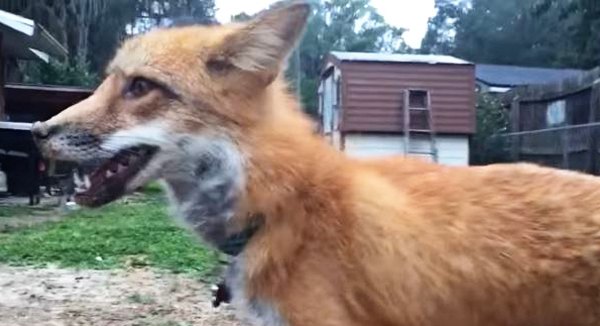- info@wildlifeanimalcontrol.com
Call us for help in your town
Wildlife Control Education
How to identify fox tracks
Fox tracks may be found in all kind of habitats
especially in North America. This includes
suburban areas, meadows, field, forests and
deserts. The diet of a fox is greatly varied and
can include birds, small mammals, crustaceans,
insects, berries and even fruits. In North
America, there are different species of foxes.
The most common type is the gray fox and the red
fox.

Their tracks
Just as is the case with lots of the wild
canines, the footprints of the fox tend to be
oval in their shape. They come with some 4 toes
and they are triangular in their shape when you
look at them generally. Every claw on the foot
of the fox may register directly in front of
every toe. In some cases, the claw may also
register even though not as clearly for a person
to notice them straight away. The coyote is one
of the few animals with increasing density
populations. Coyotes have occupied all habitats
of North America, which were previously
inhabited by wolves, and the increase in area
they live on is provoked by humans altering
natural habitats.
Details of the toes can be obscured at times.
This is due to the fact that most foxes have got
very furry limbs and the toe pads are actually
quite small. There is a very distinct pad that
helps to distinguish across the different
species. The footprints are usually between 1.75
– 2.5 inches in length while the width can be at
1.5 – 2 inches. This is most especially for the
red foxes.
As for the gray foxes, the tracks will usually
show the toes a bit more clearly because the
feet aren’t as furry as with the red fox. The
gray fox is able to retract the claws. When they
are retracted, it means that the claw marks will
not be able to register when the marks are made.
The tracks usually fall to smaller size range
and can measure 1.25 – 1.75 in length while the
width can be at 1 to 1.75 inches.
The gait of a fox differs from one to the other.
This also depends of the substrate, the location
and behavior of the fox. The most common gaits
include gallops, lopes, trots and walks. They
often travel in a trot. In such a case, the rear
foot will land on top of the place where the
front foot had stepped.
Go back to the How
to get rid of fox home page.
Need fox removal in your hometown? We service over 500 USA locations! Click here to hire us in your town and check prices - updated for year 2020.

















